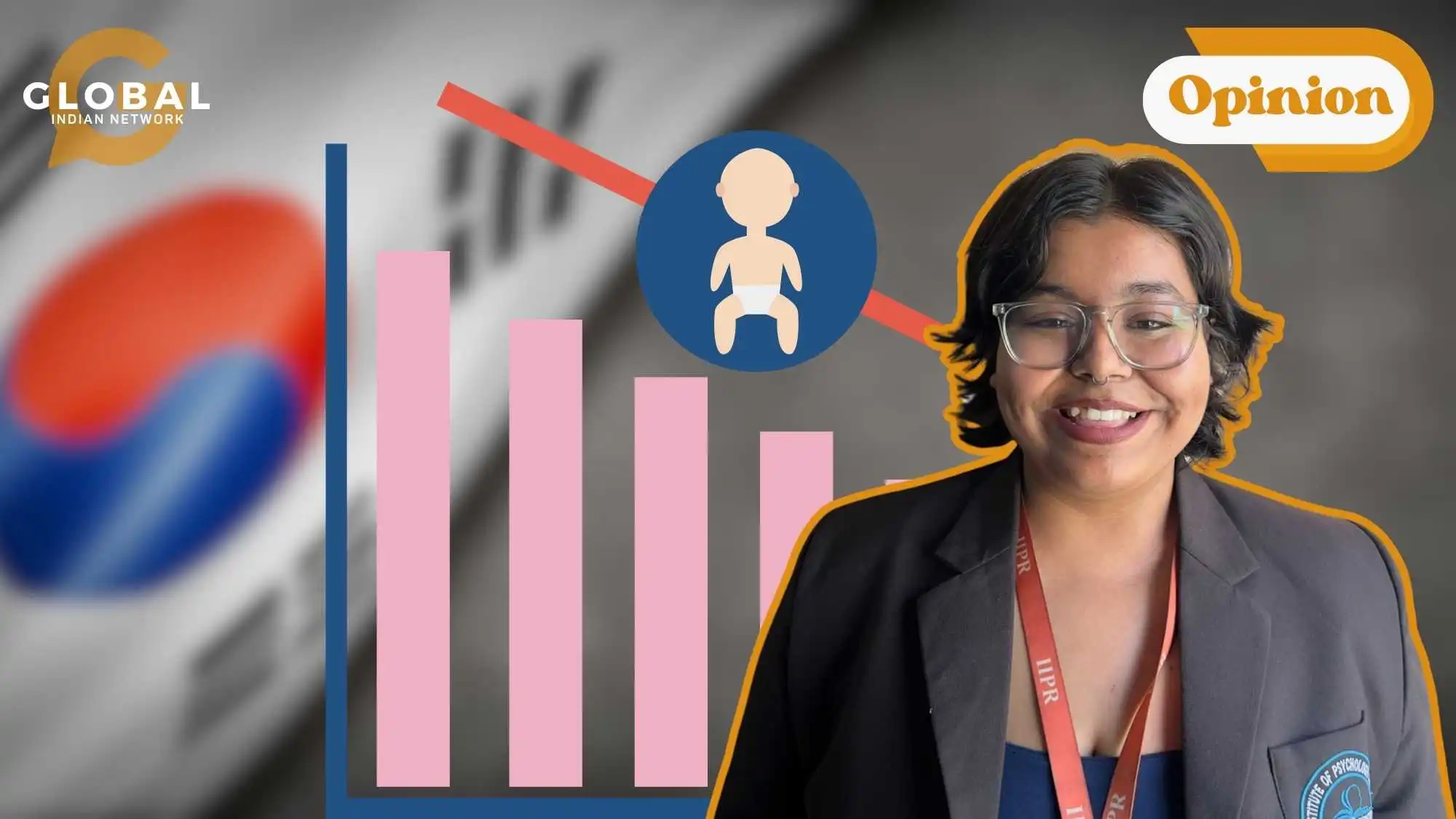The demographic trajectory of South Korea has reached an inflection point, eliciting deep concerns among policymakers, economists, and sociologists. The country’s total fertility rate hit a historic low of 0.72 in 2023, according to Statistics Korea (KOSTAT), making it the lowest in the world. This figure is in sharp contrast to the replacement level of 2.1 children per woman required to sustain a population, indicating a catastrophe that might make Koreans extinct in a few generations. According to a survey by the Korea Economic Research Institute (KERI), the population, which is now at 51 million, is expected to drop to 38 million by 2070 if current trends continue.
The South Korean government’s attempts to combat this dangerous trend have been ambitious but largely ineffective. In an effort to boost birth rates, the South Korean government passed the “Framework Act on Low Birth Rate in an Aging Society” in 2005 and launched the five-year “Plan for [an] Aging Society and Population” in 2006. The fourth rendition of the plan (2021-2025) has cost upwards of $270 billion since its inception. Despite these regulations, South Korea’s fertility rate has continued to decline.
Some policies include substantial financial incentives, such as the “First Meeting Allowance,” which provides 2 million Won ($1,500) for the first child and higher for subsequent births, and the “Nurturing Future Generation Allowance,” offering 700,000 Won ($530) per month to parents of infants under one year old. Additionally, the “Parental Leave Salary Support System” has been expanded to provide up to 18 months of paid leave split between both parents, with the first three months covering up to 80% of their income and the remainder being reimbursed at 50%. Both parents can take leave at the same time, which promotes gender equality in childcare.

Subsidised childcare facilities under the “National Daycare Support Policy” attempt to reduce the strain on working families, while national campaigns emphasise the value of work-life balance. Despite these steps, cultural constraints, such as the high cost of private education, overpriced housing, and persistent gender inequity, have stifled growth. South Korean women, who carry the burden of caregiving responsibilities, frequently endure job discrimination and professional difficulties following delivery, disincentivising family expansion. A 2021 report by the Korean Women’s Development Institute found that over 50% of working women felt workplace discrimination during or after pregnancy.
If the nation’s population continues to plummet, the repercussions will be profound. Economically, a shrinking workforce would negatively impact the country’s international standing and constrain innovation. The National Pension Service (NPS) is already under strain, with projections showing that the fund will be exhausted by 2055 due to an increasing older population. Pension systems, healthcare infrastructure, and labour markets will struggle to keep up as fewer workers support an increasingly ageing demographic. According to the Organisation for Economic Co-operation and Development (OECD), roughly 40% of Koreans would be over the age of 65 by 2050, creating a demographic imbalance that might strain state budgets and healthcare facilities.
A diminished population would also raise existential questions about Korea’s identity. The deterioration of customs, language, and interpersonal ties looms as an ominous destiny. A society dominated by the elderly may experience higher levels of loneliness, poor social cohesiveness, and restricted enthusiasm. Ancient civilisations, such as the Mayans and Easter Islanders, provide cautionary stories of communities that failed to adapt to existential difficulties, resulting in collapse or extinction.
Globally, South Korea’s predicament mirrors that of Japan and Italy, both of which have seen population shrinkage. However, innovative approaches in countries such as Sweden, which has a 1.85 fertility rate because of strong family support systems and gender equality initiatives, show that change is achievable. South Korea must adopt a similar revolutionary strategy, incorporating extensive housing changes, combating job discrimination, and cultivating an inclusive society in which parenting is celebrated rather than penalised.
There is no time for gradual progress in such a state. South Korea’s population dilemma necessitates daring and creative solutions that challenge entrenched customs and cultural systems. Failure to act decisively risks not just economic stagnation but also the deterioration of a rich and dynamic cultural heritage. In light of such stakes, the question is not whether South Korea can afford to innovate but rather whether it can afford not to.

What are your thoughts on Korea’s population crisis? Share your perspectives and solutions with us in the comment section below or write to us at larra@globalindiannetwork.com.









